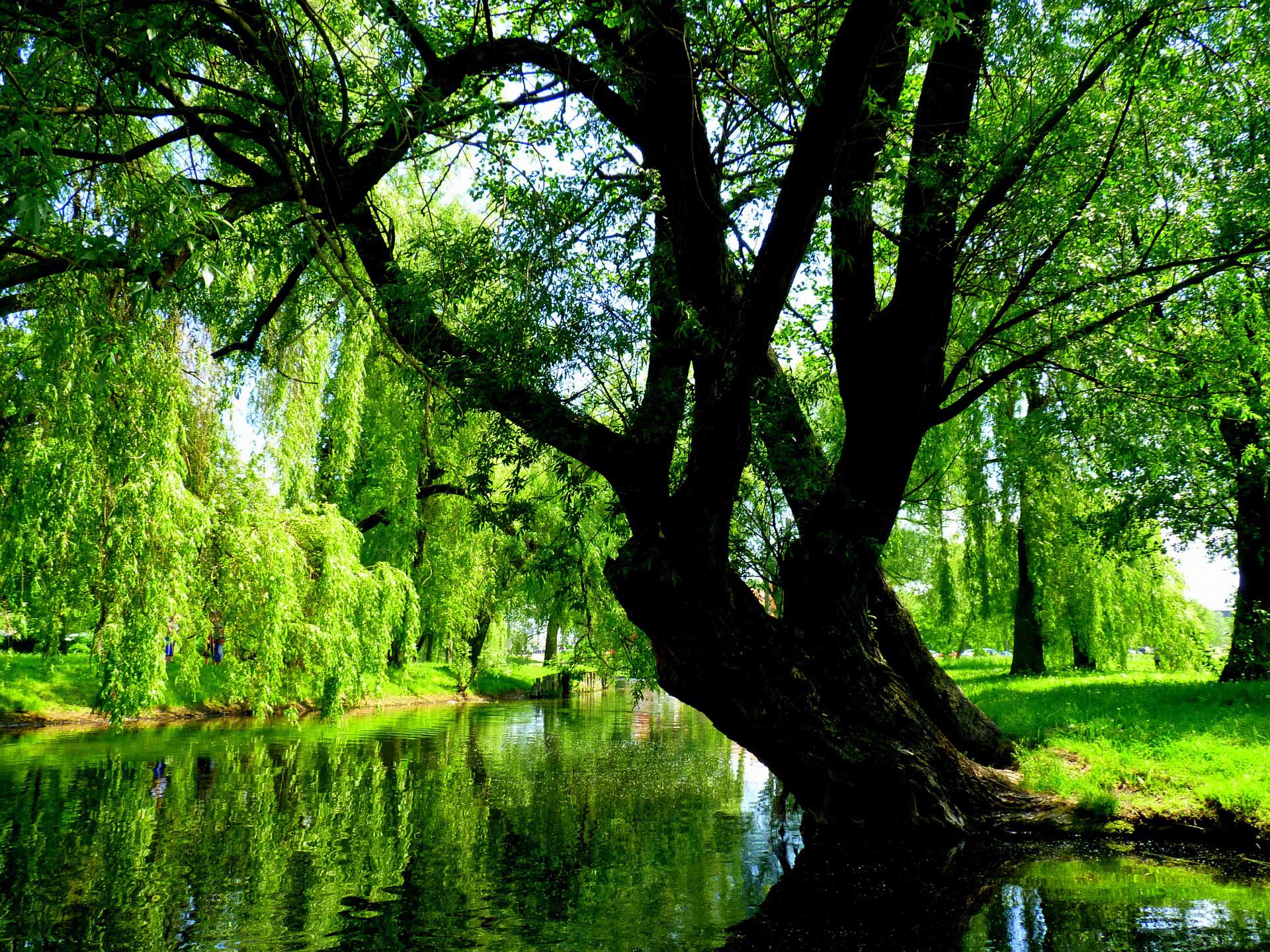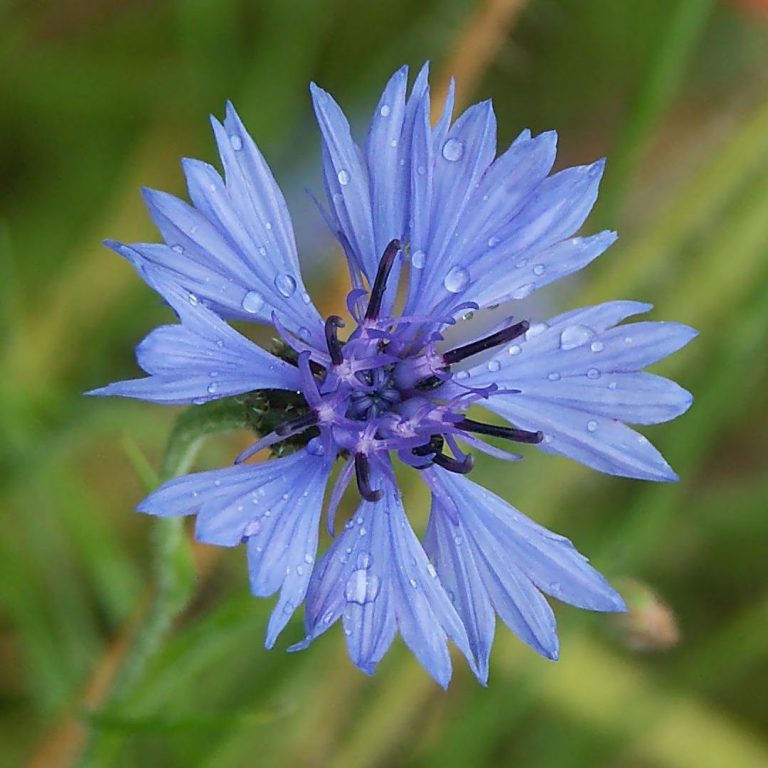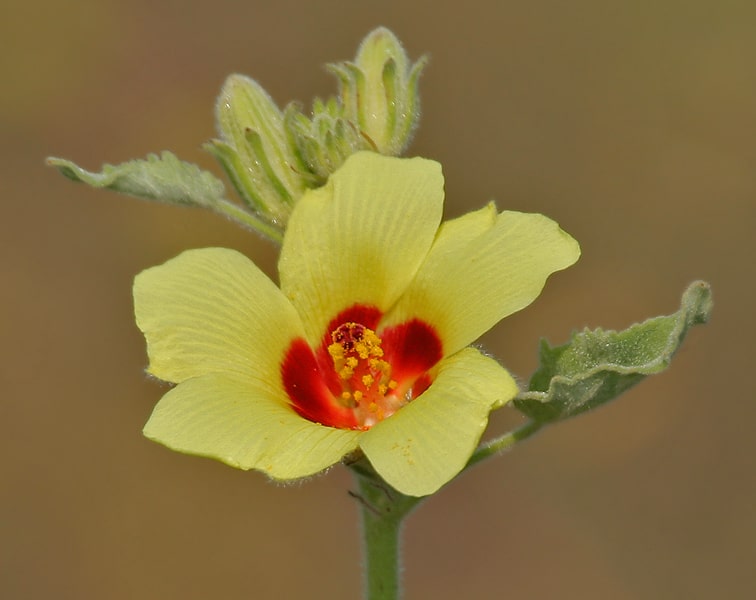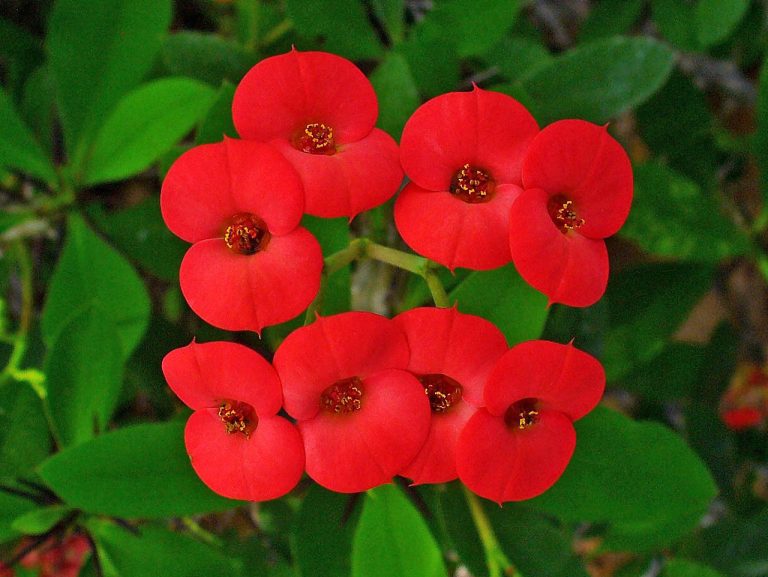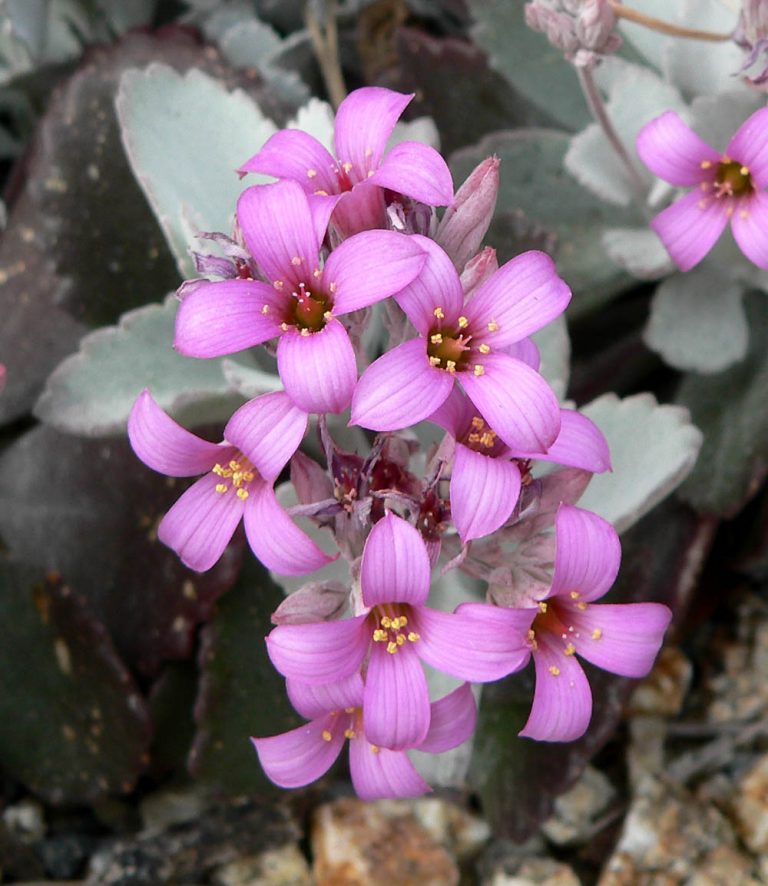Willow
Scientific Classification
| Kingdom: | Plantae |
| (unranked): | Angiosperms |
| (unranked): | Eudicots |
| (unranked): | Rosids |
| Order: | Malpighiales |
| Family: | Salicaceae |
| Tribe: | Saliceae |
| Genus: | Salix |
The northern hemisphere is rich with trees like willows, allows, and the osiers. These trees are from the f the genus known as the Salix. There are around 400 species of them found in and around the world as trees and shrubs. They grow mostly in very moist soils and the temperature should be very cold for them to grow. Mostly the species are known by the name, “Willow.” Osier is a species that have narrow leaves. The species that have broad leaves are known as the Sallow. The willows are low-growing and sometimes they are creepers and shrubs. The dwarf willows grow only up to 6 cm and they always spread on the ground.
Anatomy
The tree that is found in the deciduous form is the Weeping Willow. The leaves of the Weeping Willow have peculiar characteristics. Their leaves are narrow; they are 18 mm in width and are mostly 7-12 cm in length. These willows are always slender and so they tend to turn in one direction. They have color variations in green. They are sometimes seen as bluish green and sometimes as bright green. The stalks of the leaves are very short in nature and they are as small as 8mm in length. The places where you can see them, are on river banks, near to ponds and in gardens as well as parks. These species are not usually natural bread and it is said that they are hybrids from china. The Salix Babylonica and the Salix Alba are the white kind of willow. The Salix Babylonia grows only in wet soils near the streams and the lakes where the area is always moist. The height of the tree is as long as 50 feet and they are usually seen in gray. The other breed is also the same, but with a slight change in the appearance. Their sizes may vary. They are slight yellowish in color. This tree looks more attractive from afar and as we go closer they look less attractive. The other character of the tree is that they are messy. Pests attack them soon and the leaves fall down easily. You cannot plant a garden beneath them as they are brittle and break soon.
Habitat
Even though the tree is seen in many parts of North America the tree is the native of china. They can be seen in Ontario, Georgia and many parts of Missouri. They are always found in wet areas, especially near the banks of the rivers.
Watering
The willows need a lot of water to survive. They grow only in wet areas. Dryness would kill them very soon. Nearly 10 gallons of water are needed for them thrice in a week to grow fast and healthy; this is as soon as you plant a tree. After the first month you can reduce the watering to once in a week. You have to be careful that the trees get enough of water for their growth. You can place mulch above the soil so that slow evaporation from the soil helps the roots to be wet for a longer time. As the roots seek more of water the weeping willow has to be planted minimum of 105 feet from the lines of the water, septic systems and also sewer lines.
Pests
The willow species of plants attract a lot of pests like the aphids that are Chaetophorous (bristle bearing) and other pets that attack in large quantities to feed on the juices of the plant. They particularly attack the leaves. There are many funguses that attack the plant. These funguses damage the leaves and an orange spot is formed.
Harvest
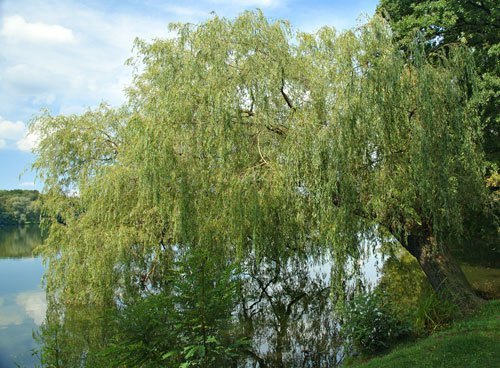
Photo by: André Karwath
An unexpected product that came into the harvesting of the willows was the harvesting machines that were invented as a byproduct of the short rotational trials. The use of the willow fuel for small energy, especially in the remote areas, was restricted due to the lack of the small scale and very low cost harvesting equipments. If you want an example of this, the Orkney Islands of Scotland would be the best example. During the year 2006 and 2007 more than 13ha of land were planted and the crops could not be harvested due to lack of proper harvesting equipments. No small scale harvesting options are available for smaller areas to be harvested. The machine, owned by the designer alone, displays its operation at the AL Orkney College.
Soil
Places that are well drained can grow the willows very well if a proper watering is given to them. Additional watering has to be given to them for their proper growth. Clays are always a better option than sands because the clay holds more water than sands. Water is not easily drained in clays. Additional watering is very important for the willows grow strong roots. Water retention is very important for the roots to grow stronger and keep the plant healthy. If drought affects the region the leaves may start falling and thus the tree will be destroyed. In order to avoid this, water them regularly. These kinds of plants can tolerate wild varieties of substrate like the clay, loam sand and much more. Only one condition is that they need a lot of water. They can adapt themselves to any kind of soil, be it alkaline or acidic, but they can never adapt to shadow (Deep and excessively drained) and chalky soils.
Temperature
The water temperature and the wind- temperature for the willow should be cool. They grow very well in areas that are wet and in places where rains help them to grow in a better manner. A brief idea has been derived from the satellite measurement of the oceanography about the levels of water in the nearby areas and thus we can plan to plant the trees in accordance with such information. Places near the sea and areas near the lake and the ponds are well suited for them to grow better than the areas that are dry and Marshall. The temperature of the air, the chilled winds and the sunshine should also be considered before you decide to plant the trees. Weather forecast information’s should also be taken into consideration before you decide to plant the trees.

Having discovered a fondness for insects while pursuing her degree in Biology, Randi Jones was quite bugged to know that people usually dismissed these little creatures as “creepy-crawlies”.

